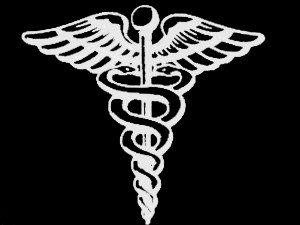I generally don’t take an alarmist approach to the topics I cover and write about, and I have to admit that I’ve not thought much about complications and deaths caused by the errors of physicians, nurses, and other health care professionals. However, since the Institute of Medicine (IOM) released a report in 1999 entitled To Err Is Human: Building A Safer Health System, it seems that more people are taking a closer look at this topic. The IOM report stated that at least 44,000 people, and perhaps as many as 98,000 people, die in hospitals each year as a result of medical errors that could have been prevented. In contrast, National Highway Traffic Safety Administration statistics show that in 2008, 34,017 people died in motor vehicle accidents. The IOM report defined medical errors as the failure of a planned action to be completed as intended or the use of a wrong plan to achieve an aim, and claimed that these errors cost the country seventeen to twenty-nine billion dollars annually. It’s hard to imagine that in a country as advanced as the United States so many deaths are attributed to medical errors in hospitals. When most people think about the health care system in the U.S., they generally think that it is one of the best systems in the world. However, organizations that rank health care systems from various countries don’t show that to be the case. For example, the World Health Organization has ranked the U.S.’s health care system thirty-seventh out of 191 countries. Medical errors can be attributed to sloppy handwriting, lack of communication among healthcare providers, inappropriately prescribed dosages of medication, and many other scenarios. To help reduce the chance of a medial error occurring to you, make sure that you communicate well with your physician, get all your health related-questions answered, and get a second opinion if you are not feeling comfortable with the advice you are being given.
Reference:
Kohn, L., Corrigan, J., and Donaldson, M., eds. To Err Is Human: Building a Safer Health System. Washington, DC: National Academy Press, 1999.

